The House of Liechtenstein belongs to the most important aristocratic families in Europe. They possess two palaces in Vienna: the Garden Palace (Fürstengasse 1) and the City Palace (Bankgasse 9). Except for the rich decoration with many gold elements, impressive parquet floors and magnificent antique furniture, there are also precious art objects – paintings and sculptures which represent the second largest private collection just after the art wealth of the British royal family.

Because we celebrated 300 years of the founding of the Principality of Liechtenstein in 2019, the famous gallery Albertina in Vienna showed a unique selection of the most outstanding works from the Princely Collections, which have embellished the walls of their palaces for several centuries.
From Rubens to Makart
Although many of these masterpieces have already been exhibited in the most important museums around the world, the visitors of Albertina had a unique chance to see them so concentrated at one place from an amazing range – starting with artists of the Italian Renaissance, continuing with the Baroque period, Viennese Biedermeier and historicism.
The exhibited paintings of Peter Paul Rubens belong to the most precious objects of the collection. And among them – the portrait of his five-year-old daughter Clara Serena from around 1616. Thanks to the perfect colour of the child skin and the expression of her face, the painting represents one of the best child portraits in the history of European art.

However, the main attraction of the exhibition was the painting named Venus in Front of the Mirror which had never left the walls of the Garden palace until then. It is unique not only because of the goddess observing us – the visitors – through the mirror, but most importantly because it is very likely that the brush was indeed held by Rubens and not by his assistants in his art workshop.

In addition to Rubens’ works, there were about 100 paintings and sculptures made by many other famous artists. It is difficult for me to say which object I liked most, every painting or sculpture is unique in a sort of way. Still I tried to choose at least some of them:




I also liked the portrait of the sleeping two-year-old princess Marie Franziska von Liechtenstein by Friedrich von Amerling very much. The babyface, decorated with fine locks, looks like a small angel. Peace and intimacy radiate from the painting and it is completely different from the traditional stylized portraits of aristocratic descendants at that time.

Rudolf von Alt and His Time
The second part of the special exhibition shows almost 100 watercolours from the beautiful collection of more than 1,000 works of the best watercolour painters of the 19th century from the Biedermeier period to realism. Most of them are made by the Austrian painter Rudolf von Alt.
At the beginning of the 19th century, so-called “pictures of the rooms” (Zimmerbilder in German) were in fashion. They depicted the housing culture and lifestyle of the aristocratic society. The Liechtenstein family commissioned Rudolf von Alt to immortalize the interiors of their palaces in Vienna and the residences outside the city.


The image of the capital of the monarchy was changing very rapidly. These changes are also depicted in some of the watercolours of Rudolf von Alt.
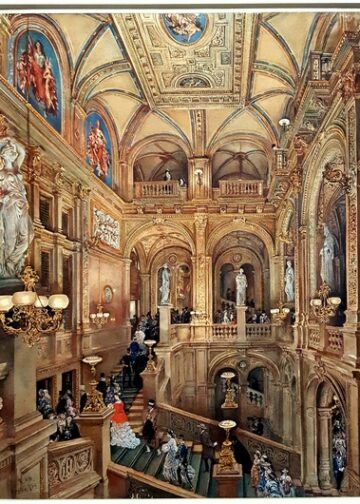

There are also several portrayals of the Alps by Thomas Ender. In the early 19th century, not only paintings of palace interiors were popular by the nobility but also motifs from foreign countries. Almost all painters of the Viennese Biedermeier period travelled a lot, mostly to the most beautiful corners of the monarchy and neighbouring countries, and after that they transferred the seen views into their paintings. There are several such “postcards” exhibited in the Albertina as well.


State Rooms of Albertina
It is not necessary to admire the beauty and opulence of the aristocratic homes on the exhibited watercolours only. For almost 100 years, Albertina used to be the residence of Habsburgs’ archdukes. Nowadays, 20 rooms have been renovated and furnished with impressive antique furniture.
The gallery was established in 1805 by Duke Albert. Five years later, Johann I, Prince of Liechtenstein opened his art collections to the public as well. Both aristocrats knew each other very well. The relationship between these two families is also documented in a monumental painting in one of the state rooms. The Austrian painter Peter Krafft depicted the historical Battle of Aspern in 1809 which was Napoleon’s first defeat. The main figures in the painting are Archduke Charles and Johann I, Prince of Liechtenstein at his side.
Read also: INVITATION TO ALBERTINA
More information about the gallery: here
And what about the treasures of the Princely Collections? You can see them at the Liechtenstein Palaces in Vienna which are open to the public 2-3 times a month, but only as a part of a guided tour or a concert. More information: here
Text: © Copyright Ingrid, Travelpotpourri
Fotos: © Copyright LIECHTENSTEIN. The Princely Collections, Vaduz–Vienna a Ingrid, Travelpotpourri
Albertinaplatz, Vienna, Wien, Austria

 TRAVEL
TRAVEL
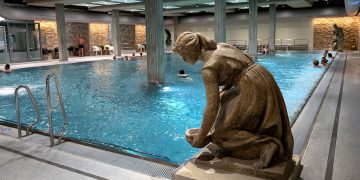

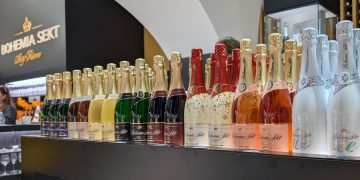
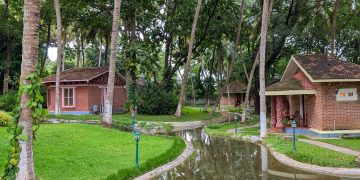
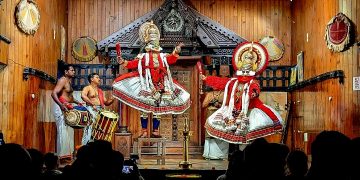
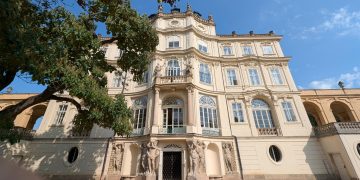
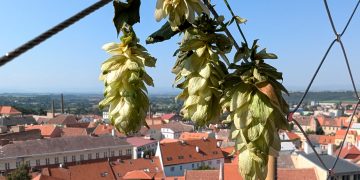




 RECIPES WITH A STORY
RECIPES WITH A STORY
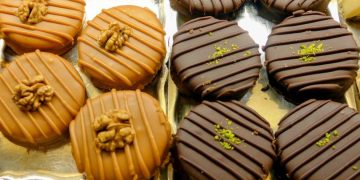


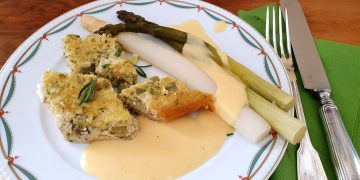
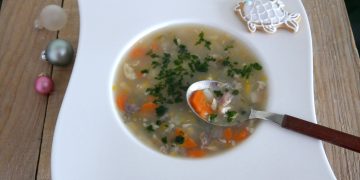

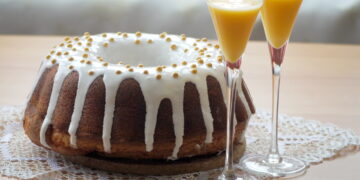

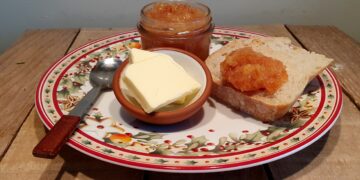
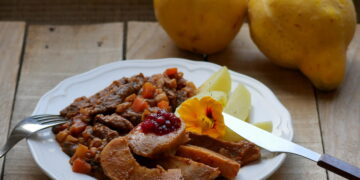
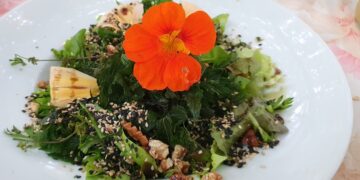
 AUSTRIA-VIENNA
AUSTRIA-VIENNA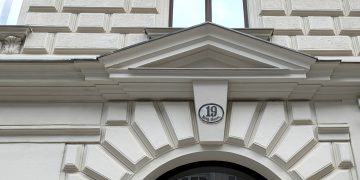
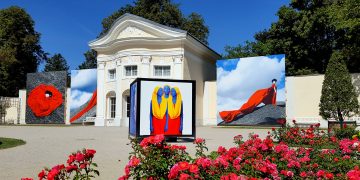
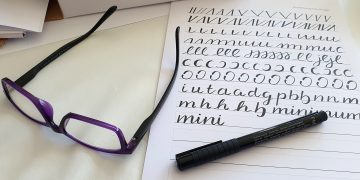
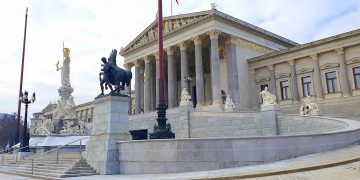
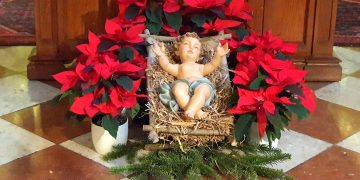
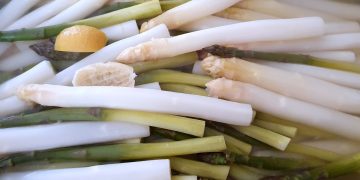
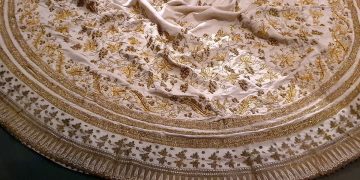
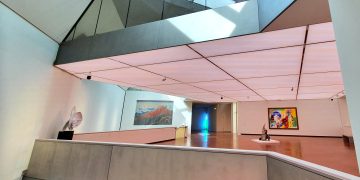
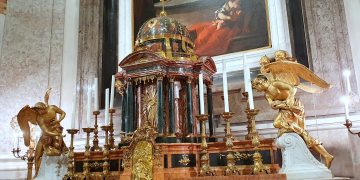

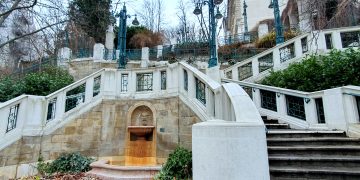

 SLOVAKIA-BRATISLAVA
SLOVAKIA-BRATISLAVA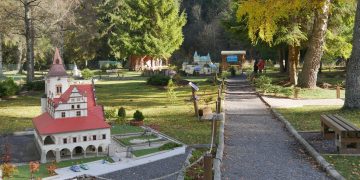
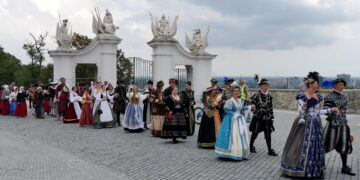


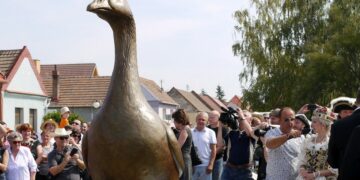
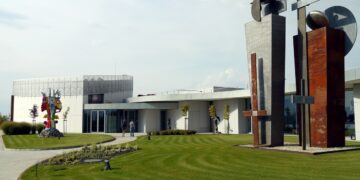
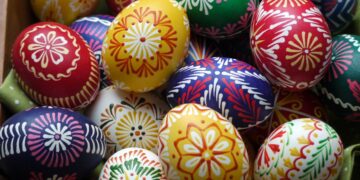
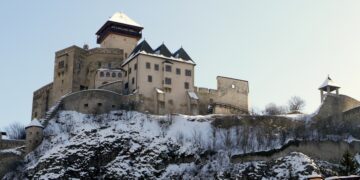
 EVENTS
EVENTS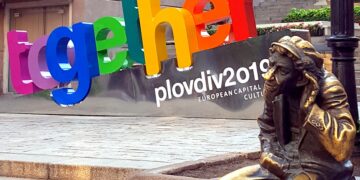
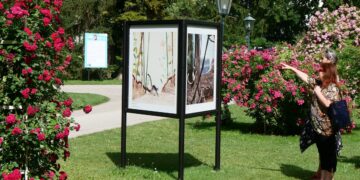

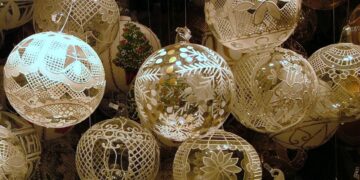
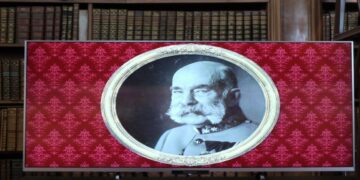
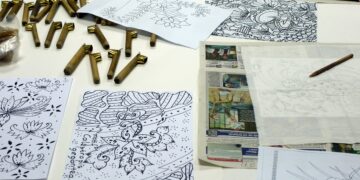
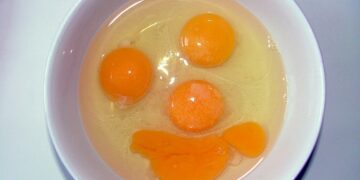

 INTERVIEWS
INTERVIEWS
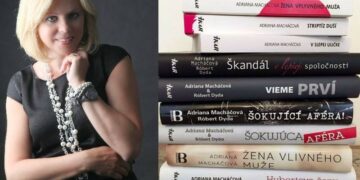











 Impressions from the Old Viennese Easter Market
Impressions from the Old Viennese Easter Market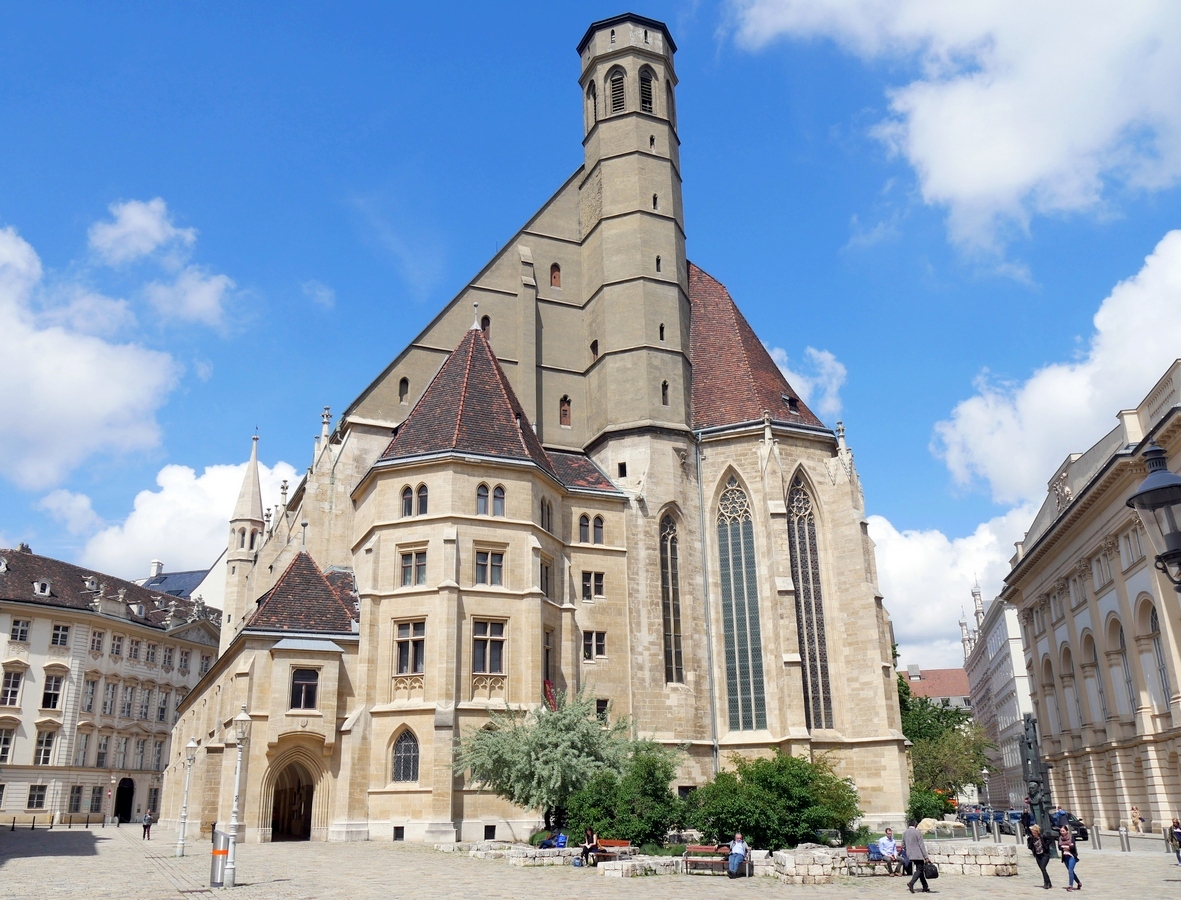 The Da Vinci Code Hidden in the Church Minoritenkirche
The Da Vinci Code Hidden in the Church Minoritenkirche



